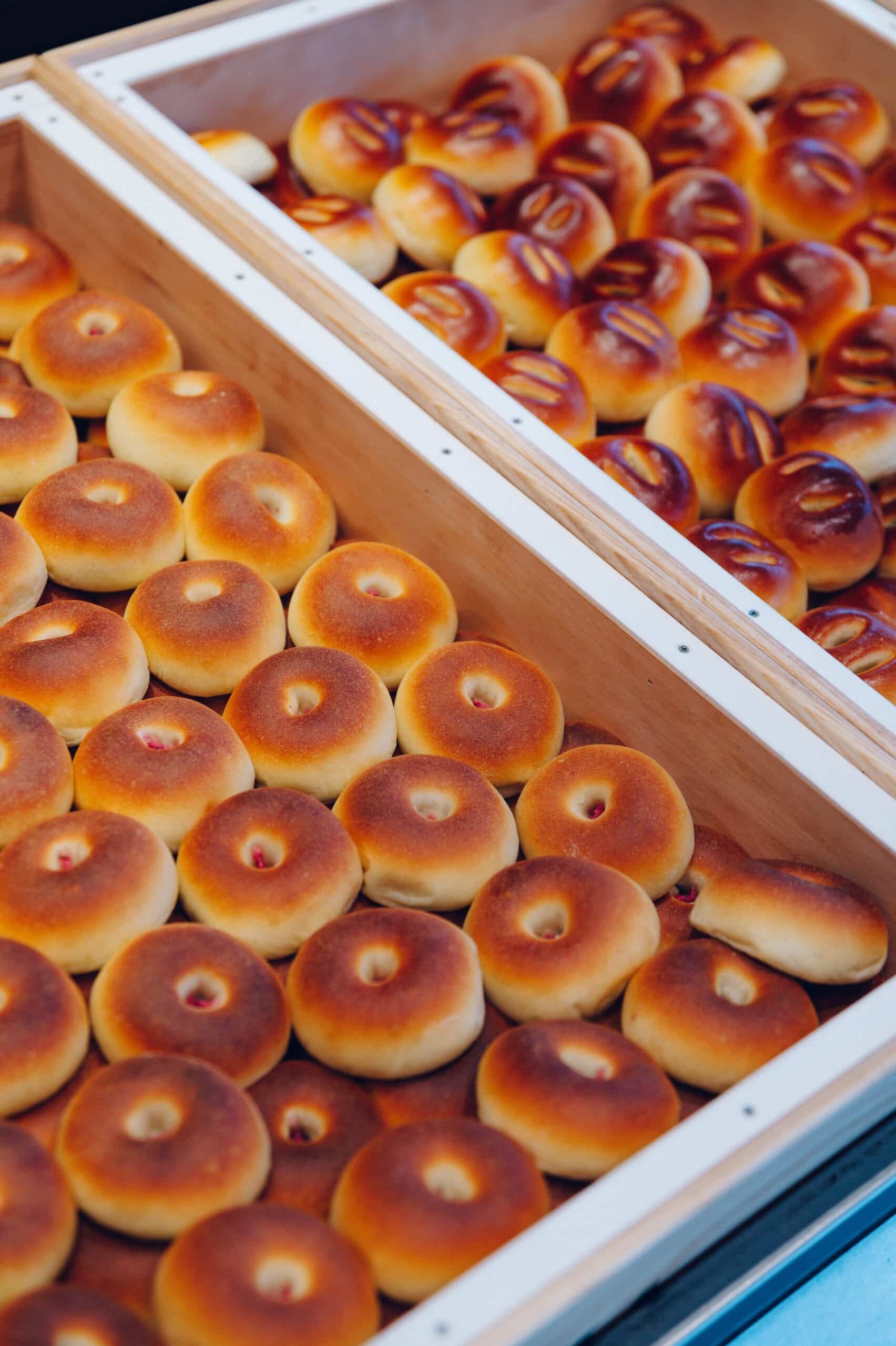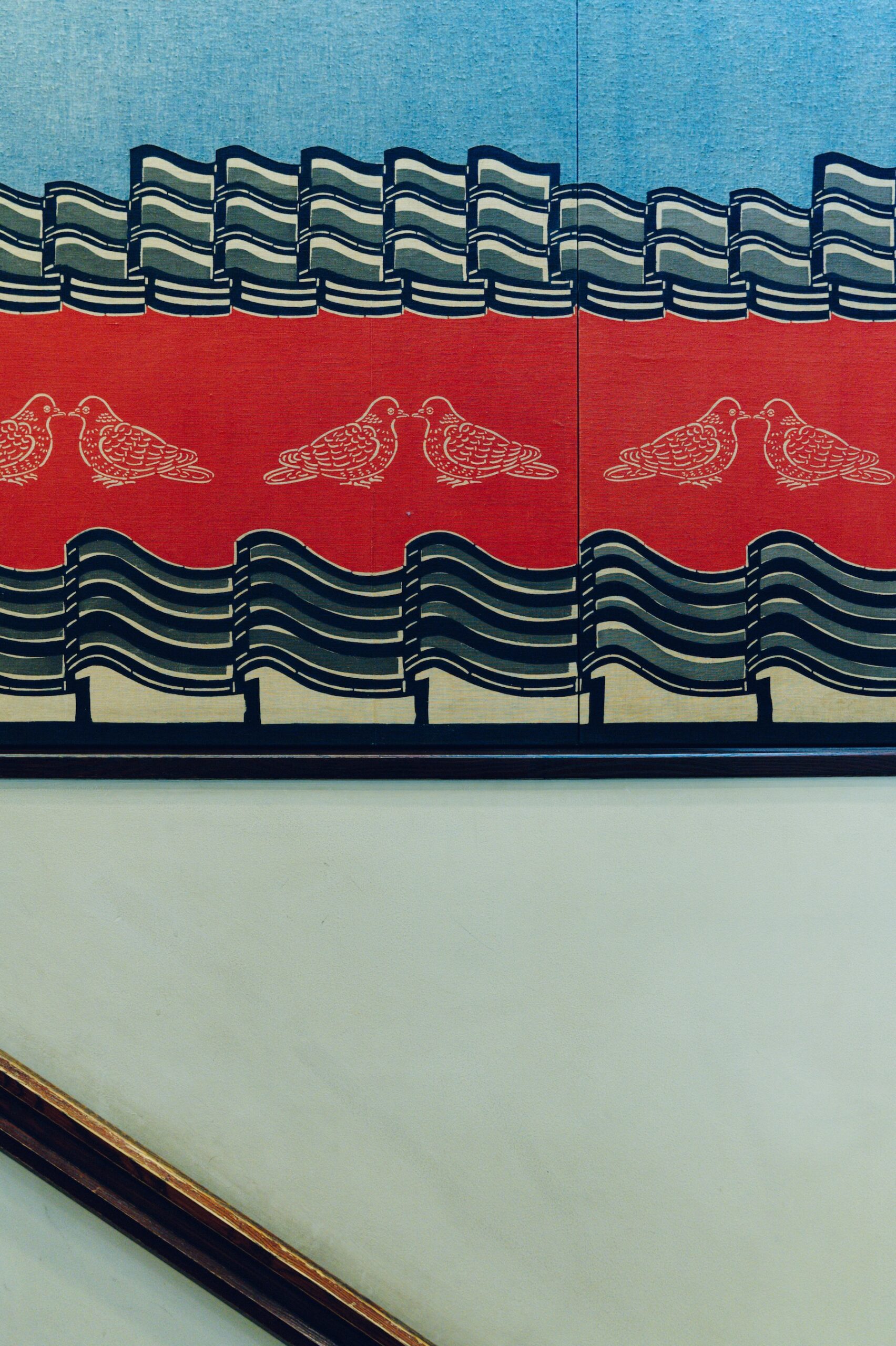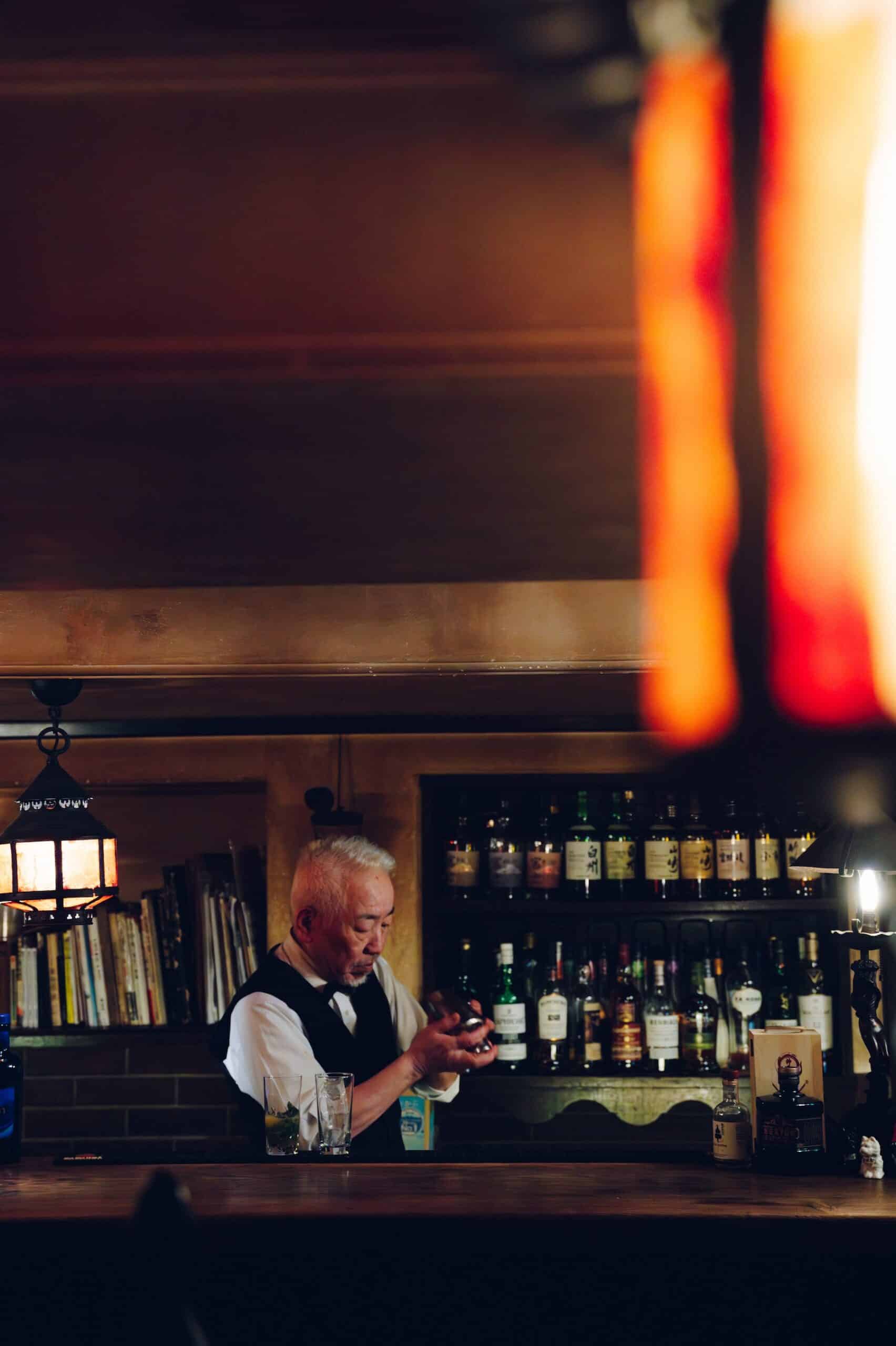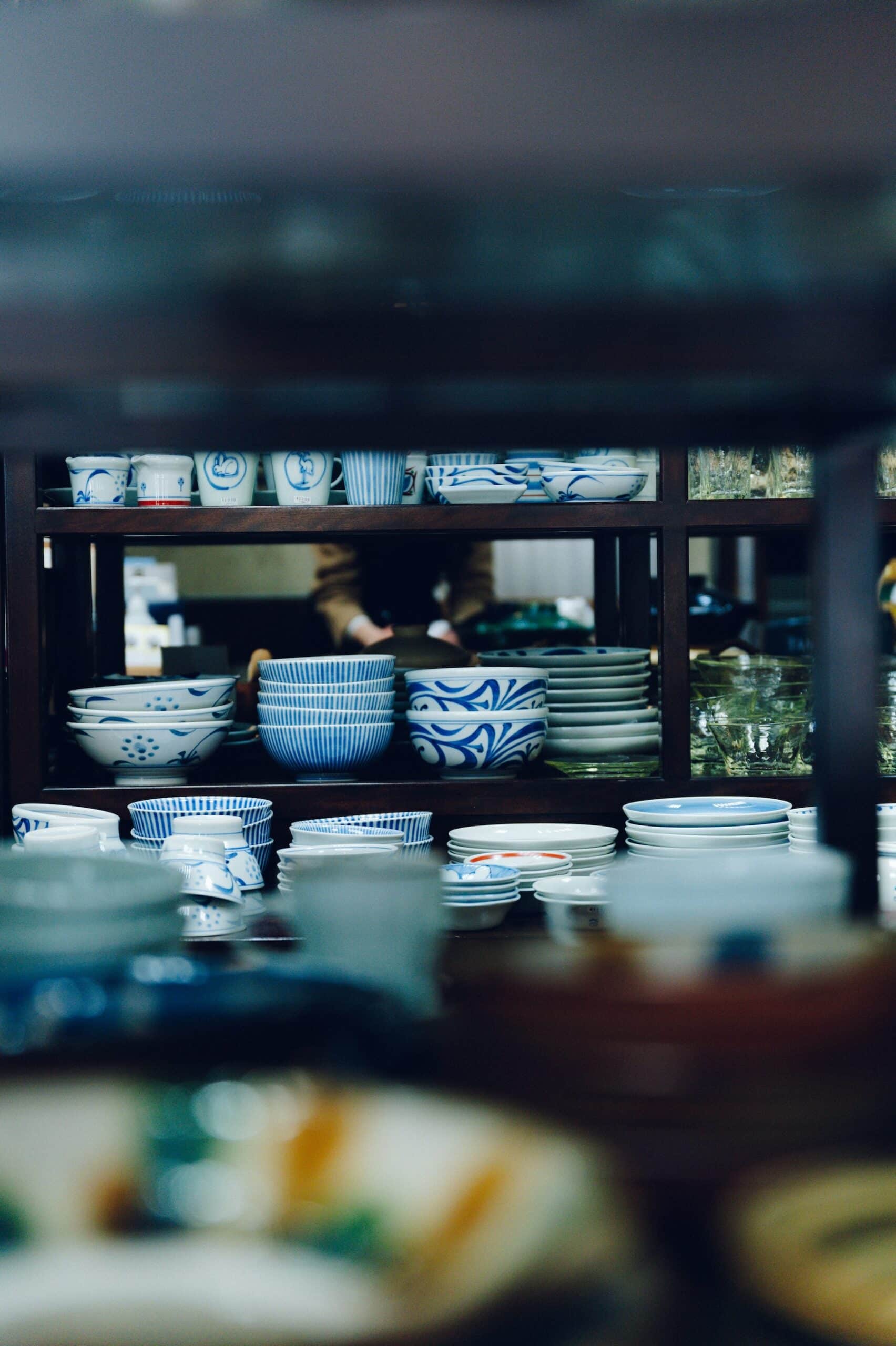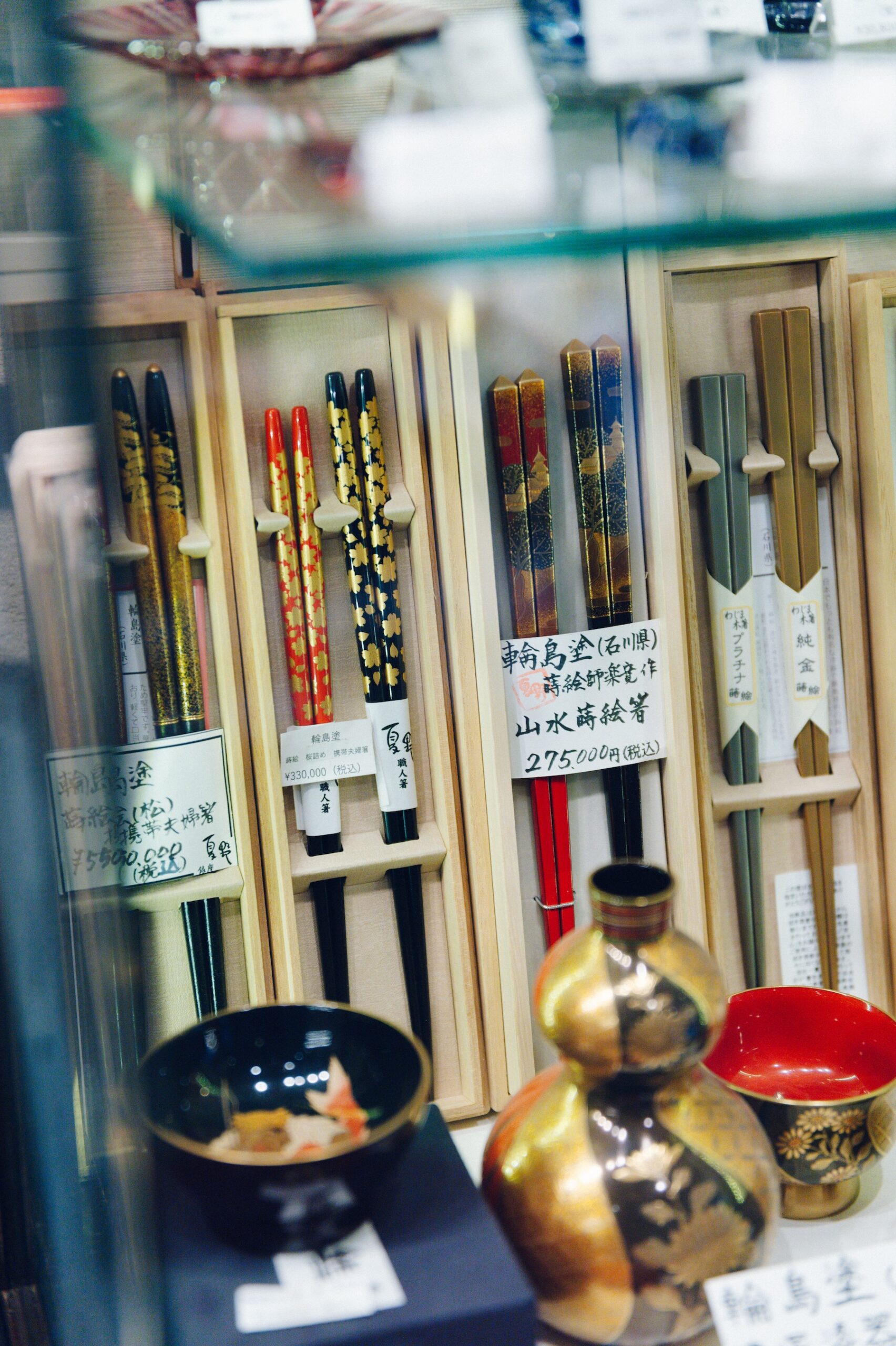CATEGORY
AREA

2025.04.14
Tokyo has many unique districts, and each area has a place that feels like a different world. Ginza, in particular, is a district where tradition and innovation are woven together. This district, where long-established, well-known stores and world-class brands coexist, is a place where you can experience the beauty and evolution of Japanese culture just by walking around, and is a spot you absolutely cannot miss when getting to know today's Tokyo. Here we introduce some of the history and charm of Ginza and the long-established stores you should visit.
Along Ginza-dori, the main street at the heart of the district, you’ll find flagship stores of luxury brands, the expansive shopping complex GINZA SIX, and prominent Japanese brand boutiques—making it a premier destination for shopping. The area is also home to historic department stores like Ginza Mitsukoshi and Matsuya Ginza, as well as the century-old stationery store Ginza Itoya Main Store, all of which reflect Tokyo’s enduring sense of “tradition” through their architecture and interior designs.
Step off the main street into one of the narrow alleys, and you’ll encounter a number of long-standing shops that still hang traditional noren curtains at their entrances—a sign that they continue to welcome guests just as they did in the past.
Indeed, Ginza is a place where the old and the new live in perfect harmony.
The name "Ginza" comes from the silver coin mint called "Ginza Yakusho" that existed during the Edo period (1603-1868), and the name became popular as the common name "Ginza. From this period, kimono stores gathered around the intersection of Ginza-dori and Miyuki-dori, creating a bustling atmosphere. The prime location during this period was the neighboring Nihonbashi, but it also prospered due to its proximity. It was not until 1869 that "Ginza" became the official name of the district. In other words, the district of Ginza has a history of more than 400 years.
Ginza is often associated with brick buildings—a legacy of the “Ginza Bricktown” redevelopment following the great fire of 1872 (Meiji 5). The district was rebuilt using brick structures, giving it a Westernized cityscape. Around the same time, Japan’s first railway line opened, turning Ginza into a bustling station-front shopping district. Western goods began flooding in, and establishments like Western-style restaurants, bakeries, beef hotpot restaurants, and general stores began to flourish.
Take Ginza Kimuraya, for instance. Originally founded in 1869, it established a shop in Ginza 4-chome in 1874 and created the now-famous Sake-Type Cherry Blossom anpan (a sweet bun filled with red bean paste). Even today, visitors can enjoy freshly baked anpan in the shop.n has had an anpan at least once.
Anpan is a traditional Japanese snack food, but it can still be purchased freshly baked in stores.
Founded in Kyoto in 1663 (Kanbun 3), Kyukyodo opened a Tokyo branch in Ginza in 1880 (Meiji 13), and was rebranded as Tokyo Kyukyodo in 1942 (Showa 17). It is a renowned purveyor to the Imperial Household and specializes in incense and Japanese paper products.
Another notable establishment is Rengatei, founded in 1895 (Meiji 28), which played a key role in shaping Japan’s original yoshoku restaurant.It introduced dishes such as pork cutlets and omurice (omelet rice). Its facade still features some of the red bricks from the original Bricktown.
Founded in 1903, Ginza Kikusui is a specialty store for pipes, tobacco, and smoking accessories, known for its red-brick exterior and elegant atmosphere. It has long been a gathering spot for refined gentlemen and ladies. Today, the store still offers a wide array of rare smoking tools, with staff readily assisting beginners in their use.
Ginza continued to develop, eventually becoming a cultural center with newspaper publishers, magazines, and advertising agencies setting up offices in the area. It attracted trendsetters and nurtured a sophisticated cultural scene.
One bar frequented by such literary figures was Ginza Lupin, which opened in 1928 (Showa 3). Celebrated authors such as Osamu Dazai, Ango Sakaguchi, and Sakunosuke Oda were regulars. The bar also appears in the anime and manga Bungou Stray Dogs, making it a pilgrimage site for fans today.
In 1933 (Showa 8), Ginza Takumi was established in the spirit of the Mingei Movement, which sought to preserve and promote Japanese folk crafts. The store continues to introduce traditional handcrafted goods from across Japan, in collaboration with artisans. Visitors can handle and appreciate these everyday yet beautifully crafted items up close.
Zakuro Ginza, a Japanese restaurant founded in 1955 (Showa 30), is said to be the first in Tokyo to serve shabu-shabu. Guests can enjoy this hotpot dish prepared in an original shabu-shabu pot, the Hōkōzu (火鍋子). The folk craft-inspired interior adds a sense of traditional Japanese ambiance to the dining experience.
For those in search of gifts or souvenirs, the chopstick specialty store Ginza Natsuno is a must-visit. With over 3,000 varieties of chopsticks and a wide selection of accessories—including chopstick rests and name engraving services—you’re sure to find a perfect, meaningful gift.
Ginza is home to many long-established shops, each exuding a unique character found only in this iconic neighborhood.Moreover,
Ginza was the first district in Japan to move its utility poles and electrical wires underground, resulting in open skies and an elegant cityscape. The well-maintained streets are easy to navigate on foot, making a casual stroll all the more enjoyable. The term “Gin-bura”—a leisurely walk through Ginza—has long been beloved by locals. Let your senses guide you as you explore this district where traditional craftsmanship and modern sensibilities intersect.

